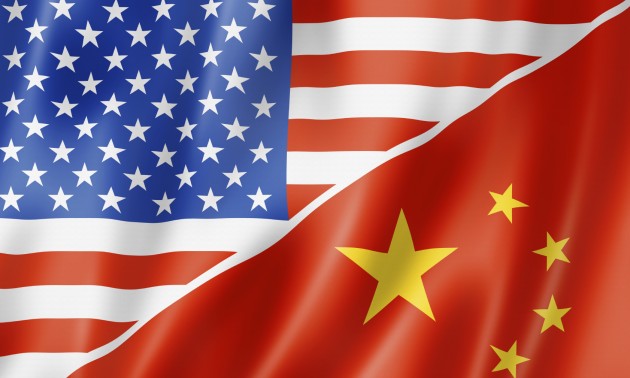Revised China Tariff Quota Rules Could Have a Significant Impact on U.S. Wheat Exports
By Dalton Henry, USW Vice President of Policy
While the trade policy headlines from the month of October have mostly been written about a possible “phase one” trade deal between the United States and China, much less has been said about the recently revised and published China Tariff Rate Quota (TRQ) rules for importing wheat and other agricultural products – though their impact could be nearly as significant for the affected commodities.
China’s TRQ rules were expected to be changed because of the World Trade Organization (WTO) ruling last April that found China had not complied with the terms they agreed to upon joining the WTO in 2001. TRQ’s govern the import of specified levels of products at a specific tariff rate that is lower than the global or Most Favored Nation (MFN) rate. Without TRQ, Chinese importers cannot profitably access the world market for wheat, as China’s MFN tariff is 65%. Restricted fill rates on TRQ over the past decades have proven to be the biggest constraint to growing market share for imported wheat in China. Today, imported wheat rarely exceeds 5% of mill use.
Upon accession to the WTO, China established a 9.64 million metric ton (MMT) TRQ for wheat, but that annual TRQ has never fully filled, despite world wheat prices and market conditions conducive to doing just that. When the United States filed the case at the WTO in 2016, they alleged that China had used a series of policies in administering the TRQ that were not “transparent, predictable or fair” and by doing so they, “…limited opportunities for U.S. farmers to export competitively priced, high-quality grains to customers in China.”
That limitation has had effects beyond the impacts on U.S. farmers though, as it also severely limits Chinese millers’ access to high quality wheat grown outside of China. In especially short supply in the domestic market are both soft wheats – often used for pastries and cakes as well at higher protein spring wheats, which are necessary for pizza crusts and hamburger buns.
When the United States won the WTO case, China agreed not to appeal and that they would come into compliance with the ruling by December 2019. That put the case on a relatively fast track to be completed, spanning just under three years since it was filed, much to the joy of U.S. wheat farmers who had long pushed for U.S. government action to force change in the TRQ administration.
U.S. Wheat Associates (USW) has been reviewing the new measures along with the U.S. government and Chinese flour millers. USW Regional Vice President for China and Taiwan, Jeff Coey, has found several of the new rules promising, especially the announcement’s stated goal for both the state and non-state portions of the TRQ to be fully utilized so long as market conditions allow it. Full utilization of both segments of the TRQ hasn’t previously been stated as a goal, leading to significant optimism about access to wheat supplies in 2020. Other positive changes include the allowance for more state-owned entities to apply for TRQ allocations and for non-state-owned entities to apply for the portion of the TRQ that was previously reserved for the state – essentially giving both groups the potential ability to import for the first time.
The TRQ changes and the need for quality wheat supplies may make China a significant wheat importer in 2020. If the changes are in fact implemented, and Chinese millers can respond to market signals, most of the 9.36 MMT TRQ should be used. The net result of that would be China becoming a top world wheat importer, even as they have adequate domestic wheat stocks on hand. From a quality supplier point of view, this opens many opportunities for the United States to provide technical expertise and assistance to our Chinese customers. While allowing those customers access to lower costs and wheat with specialized end-use applications that distinguishes U.S. wheat from domestic supplies.
As with so many issues in trade policy, only time will tell how effective these announced changes will be in allowing Chinese millers to source imported wheat. Both the U.S. government and U.S. Wheat Associates will be closely monitoring the changes to ensure compliance with the WTO ruling, but for now 2020 looks likely to start off on a better foot for U.S. producers and their Chinese customers.


